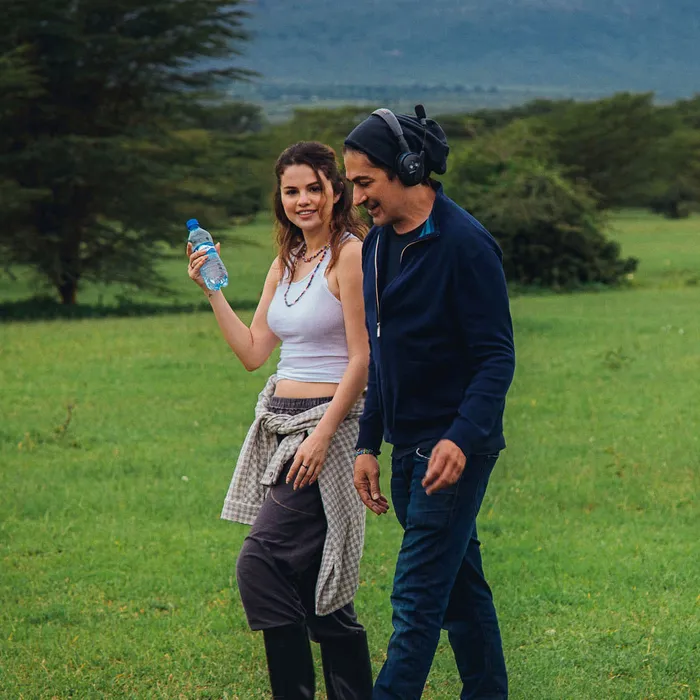‘I Couldn’t Believe the Things I Was Aspiring to Be’

Selena Gomez is in the midst of a frenetic, painfully banal press tour. Traveling through Paris in an SUV, she’s visibly exhausted, wrung out and drawn, laying her head on her friend Raquelle’s lap. “How are you feeling?” asks Raquelle, looking concerned. “I’m very tired,” replies Gomez. Gently, Raquelle asks, “Do you want to do your morning meds? I know the answer, but you should.” Gomez goes silent in the car, but we hear her shortly thereafter in voice-over, reading from her diary: “Let me make a promise. I’ll only tell you my darkest secrets.”
The scene takes place early on in Selena Gomez: My Mind & Me, an Apple+ documentary (premiering November 4) that is profoundly sad and surprisingly raw for a star of Gomez’s standing. Filmed in stops and starts over the course of six years by Truth or Dare director Alek Keshishian, who is Gomez’s manager’s brother and who filmed the 2015 music video for Gomez’s “Hands to Myself,” it covers a wide swath of chronological and thematic ground. The doc begins with Gomez rehearsing for and then slowly breaking down during her 2016 Revival tour, which she cancels partway through due to a fledgling mental-health crisis. Keshishian picks back up with her a few years later, after a long hiatus from performing that included a stint in a mental-health facility, a lupus flare-up that triggered the need for a kidney transplant, and a bipolar-disorder diagnosis. We watch Gomez grapple with the decision to share her diagnosis and the subsequent stage fright and anxiety as she makes her return to the stage; we travel with her to Kenya, where she comes palpably alive while volunteering with a local school; we follow her through that aforementioned London and Paris press tour, where she’s plopped in front of cameras and given excruciating prompts to provoke quirky sound bites. (In one bizarre interaction, a journalist says to Gomez, “One DJ, one word: Marshmello.” Gomez’s incredulous response: “Fluffy?”) Afterwards, near tears and viscerally reminded of the depersonalization she once felt as a young Disney star, she asks her team, “What am I even doing right now?”
Though Gomez hasn’t shied away from speaking publicly about her mental- and physical-health struggles over the years, Keshishian’s documentary is deeper, darker, and more specific about these incidents: Gomez weeps on-camera about her persistent fear of not being “good enough” as an artist or a person, criticizes her body, frankly discusses her suicidal ideation, angrily laments the triteness and vanity involved in self-promotion, bristles at callouts from her close friends, and openly recalls lashing out at her family during her bipolar episodes. Despite being haunted by her past as a child star who contorted herself to please everyone around her, she gamely goes through old family footage and photos and visits her Texas hometown in an attempt to find some internal peace. In these scenes, she’s charming in an unvarnished way, roaming the streets in sweatpants and a medical mask, apologizing to a sick neighbor for her childhood mischief and warmly revealing her superstar identity to a schoolmate’s exhilarated young daughter. She’s honest about her burning desire to abandon the game and start a family, and how that dream conflicts with the responsibility she feels to stay in the limelight and destigmatize illness. It’s a tension she readily acknowledges in our conversation, alongside Keshishian, ahead of the documentary’s release.


